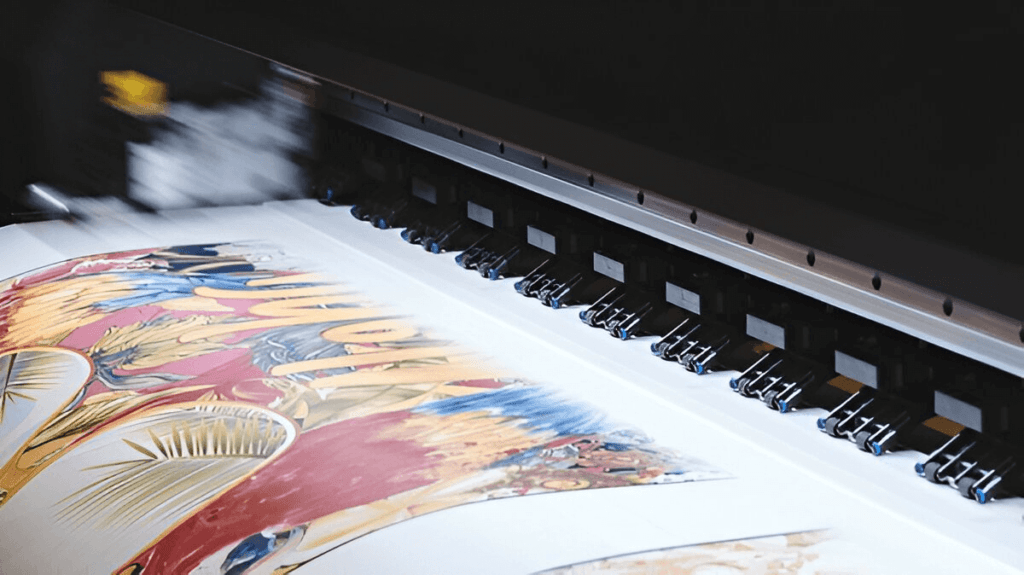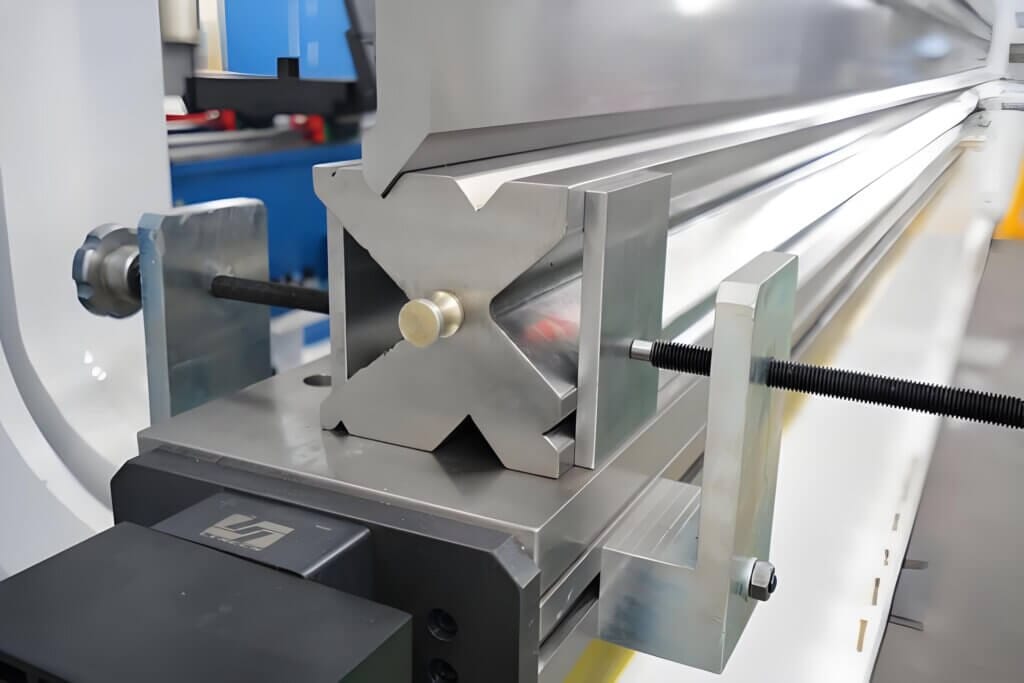Introduction to Industrial Blade Sharpening
In various industrial sectors, the efficiency and overall performance of machinery are significantly influenced by the sharpness of blades. Dull blades can lead to a multitude of challenges, impacting not only the speed of operation but also the quality of the finished products. For instance, when blades become blunt, they require more force to perform the same task, which can lead to an increased rate of errors, longer processing times, and a higher likelihood of operational downtime. Thus, ensuring that industrial blades are consistently sharp is essential for maintaining optimal productivity.
Furthermore, the safety of personnel operating machinery is also compromised when utilizing dull blades. Blunt edges demand greater pressure during cutting processes, which can increase the risk of accidents and injuries in the workplace. In this regard, implementing a proper routine for sharpening tools becomes a fundamental aspect of industrial operations, promoting a safer environment and reducing the likelihood of mechanical failures.
To maintain blade sharpness, various industrial blade sharpening tools and techniques are available. These tools range from manual sharpeners, which provide targeted sharpening, to automated sharpening machines that deliver consistent results across multiple blades. Different types of sharpening tools cater to specific needs, such as specialized blade grinders designed for particular blade sizes or geometries. By selecting the appropriate sharpening method and tool, businesses can enhance their operational efficiency while prolonging the lifespan of their blades. A well-implemented sharpening regimen not only safeguards machinery and products but also fortifies the integrity of the entire production process.
Types of Industrial Blade Sharpening Tools
In the realm of industrial blade maintenance, various sharpening tools are employed to ensure optimal performance and longevity of cutting edges. Understanding the different types of industrial blade sharpening tools available can significantly impact operational efficiency. The primary categories include grinding machines, honing devices, and manual sharpeners, each possessing unique attributes and applications.
Grinding machines are among the most widely used industrial blade sharpening tools. These machines utilize abrasive wheels to remove material from the blade, creating a precise edge. They are particularly effective for heavily worn blades and can achieve a variety of angles depending on the application. Electric grinders offer efficiency and consistency, making them favorable in high-demand environments, where time and precision are critical.
On the other hand, honing devices serve a different purpose. While they may not remove significant material, honing tools refine the edge of a blade, enhancing its sharpness and overall cutting performance. Commonly used in conjunction with grinding, these tools help to maintain the integrity of the blade without excessive wear. They are beneficial in applications requiring a finely-tuned edge, such as in the food processing industry, where precision is paramount.
Manual sharpeners represent a more traditional approach to blade sharpening. Tools like whetstones and manual pull-through sharpeners allow for greater control but require more effort and skill. Their portability and simplicity make them suitable for lower-volume operations or on-site maintenance. When comparing electric and manual tools, it is essential to consider the specific needs of the workflow. Electric sharpeners offer speed and uniformity, while manual options provide a tactile approach that some professionals prefer for certain types of blades.
Choosing the Right Sharpening Tool
When it comes to maintaining the effectiveness of your industrial blades, selecting the appropriate sharpening tool is critical. The right tool not only enhances performance but also extends the lifespan of your blades. A few essential factors must be considered in this decision-making process, including the material and thickness of the blade, as well as the specific type of cutting work being performed.
First and foremost, assess the material of the industrial blades you are using. Blades made from carbon steel, stainless steel, or tungsten carbide each have distinct properties that influence the choice of sharpening tool. For instance, diamond-coated sharpeners may prove most effective for high-carbon steel blades, while ceramic stones might be more suitable for softer materials. Additionally, understanding the thickness of your blades is essential; thicker blades may require more robust sharpening tools, whereas thinner blades often benefit from precision tools designed for delicate work.
The type of cutting task also plays a significant role in determining the appropriate sharpening tool. For heavy-duty applications, where blades are subjected to rigorous use, investing in industrial-grade sharpening tools that offer durability and consistency is advisable. Conversely, for lighter tasks, handheld sharpeners or electric options may suffice. It is crucial to ensure that the chosen tool provides a fine edge without risking damage to the blade.
Finally, evaluate the quality and performance of the sharpening tools available in the market. Opt for brands known for their reliability and positive reviews from professionals in the field. Investigate features such as adjustability, ease of use, and maintenance requirements to ensure that your investment yields optimal results. By carefully considering each of these factors, you can confidently select industrial blade sharpening tools that meet your operational needs and ensure sharp, efficient blades.
Maintaining Your Sharpening Tools
To ensure the longevity and effectiveness of industrial blade sharpening tools, proper maintenance is paramount. The condition of these tools directly impacts their performance, affecting the sharpness of blades and, consequently, the efficiency of operations. Regular cleaning is the first step in maintaining your sharpening tools. After each use, it is crucial to remove any metal shavings, dust, or debris that may have accumulated during the sharpening process. Utilizing a soft brush or cloth can help effectively clean the surfaces without causing damage.
Storage also plays a significant role in the maintenance of sharpening tools. It is essential to store these tools in a dry, clean environment away from moisture, as humidity can lead to rust and deterioration. Utilizing protective cases or drawers can shield the tools from accidental impacts, which could affect their calibration. Additionally, ensuring that tools are stored in a systematic manner allows for easy access, reducing the likelihood of unnecessary wear and tear.
Routine checks are vital for maintaining your sharpening tools. These checks should include inspecting the sharpness of the tools themselves, as well as any attachment points and blades they interact with. Regular calibrations can help ensure that the tools maintain their precision, which is critical in industrial applications. By systematically checking the alignment of sharpening surfaces and verifying that settings are correct, operators can avoid inefficiencies that arise from poorly maintained tools. Furthermore, documenting maintenance activities can provide insights into when specific tools may require more significant servicing or replacement, enhancing overall productivity in industrial settings.
In conclusion, maintaining industrial blade sharpening tools is essential for preserving their effectiveness and ensuring they perform optimally. Through proper cleaning, careful storage, and consistent routine checks, one can guarantee these tools will continue to serve their purpose well, contributing to the overall efficiency and performance of industrial operations.






